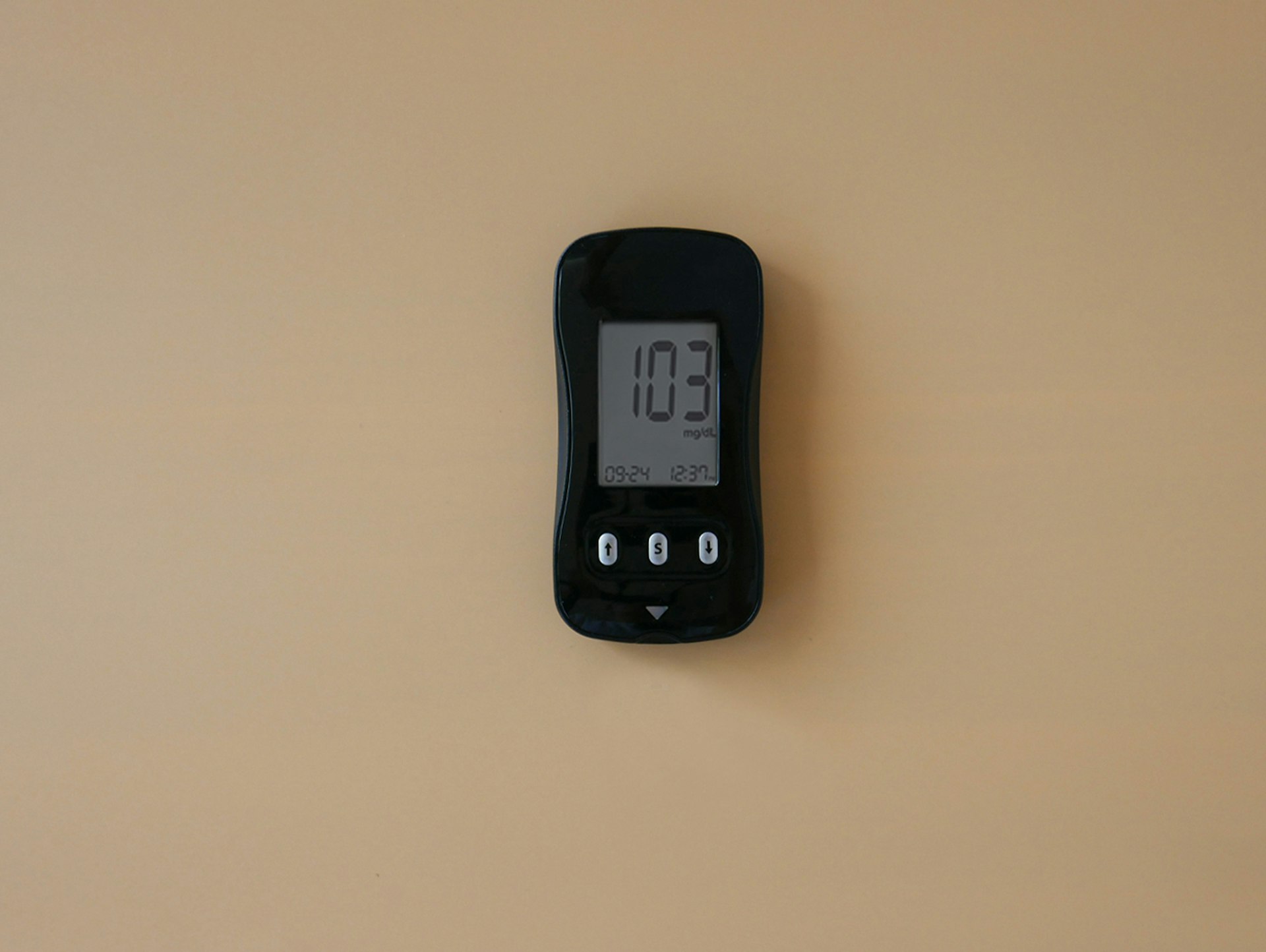Unlocking the Full Potential of Smart Thermostats: Transform Your Home's Comfort and Efficiency


Photo by isens usa on Unsplash
Introduction: Why Smart Thermostats Matter in Modern Homes
In today’s world, energy efficiency and comfort are top priorities for homeowners. Smart thermostats have emerged as a leading solution, offering advanced technology designed to cut energy costs, boost convenience, and support sustainability. If you’re considering upgrading your heating and cooling system, understanding the full range of benefits and implementation strategies of smart thermostats can help you make an informed decision.

Photo by Erik Mclean on Unsplash
Energy Savings: Lower Your Bills and Environmental Impact
The promise of reduced energy consumption is a major draw for smart thermostats. According to the U.S. Department of Energy, using a programmable thermostat correctly can save up to 10% annually on heating and cooling costs [1] . Some studies and manufacturers report even higher savings, estimating that smart thermostats can reduce energy usage by 10-20%, and in certain cases, up to 30% for households with optimized settings [3] [5] . On average, homeowners can expect to save between $145 and $200 per year, depending on their heating and cooling habits [2] .
Smart thermostats achieve these savings by learning your schedule, detecting when you’re home or away, and automatically adjusting the temperature. Features like geofencing enable the thermostat to respond when you leave or arrive, eliminating unnecessary energy use during unoccupied periods [1] .
Enhanced Comfort: Consistent Temperature Control
Beyond cost savings, smart thermostats deliver a new level of comfort. Devices such as the Ecobee and Nest Learning Thermostat use sensors and adaptive learning to manage temperature changes based on occupancy and user preferences [4] . This means fewer hot or cold spots and a more consistent indoor climate, even as outside conditions fluctuate.
Real-time adjustments ensure your living spaces are always at the ideal temperature, whether you’re relaxing at home or returning from work. Some models even factor in humidity and sunlight, automatically tweaking settings to maintain optimal comfort.
Convenience and Control: Manage Your Home from Anywhere
One of the standout features of smart thermostats is remote access. With Wi-Fi connectivity and robust mobile apps, homeowners can monitor and adjust their HVAC systems from smartphones, tablets, or smart speakers [2] .
This remote control capability means you can change the temperature before arriving home, respond to unexpected weather changes, or make adjustments while traveling. Geofencing technology further automates these processes, enhancing both convenience and energy savings [1] .
Key Features to Consider When Choosing a Smart Thermostat
Not all smart thermostats offer the same advantages. When selecting a device, prioritize the following features for maximum benefit:
- Learning Capabilities: Devices like Nest adapt to your schedule, building energy-saving routines automatically [1] .
- Remote Sensors: Ecobee and similar thermostats use sensors to detect occupancy and temperature in different rooms, improving whole-home comfort [4] .
- Wi-Fi and App Integration: Ensure the model includes user-friendly mobile apps and is compatible with your home network [2] .
- Smart Home Integration: Look for compatibility with Amazon Alexa, Google Assistant, or Apple HomeKit to enable voice control and automation [1] .
- Energy Reports: Detailed usage reports help you track patterns and identify further opportunities to save [1] .
- Geofencing: Automatic temperature adjustments based on your location eliminate wasteful heating and cooling [1] .
Before purchasing, verify compatibility with your HVAC system (single-stage, multi-stage, or heat pump) and check for local rebates or incentives that may help offset costs.
Installation Guidance: Step-by-Step and Professional Support
Installing a smart thermostat can be straightforward, but it’s important to follow best practices to maximize performance and avoid issues. Here’s a step-by-step guide:
- Assess Compatibility: Check your HVAC system and wiring against the thermostat’s specifications. If unsure, consult your manufacturer’s documentation or seek professional advice.
- Power Off: Turn off power to your HVAC system at the breaker before removing your old thermostat.
- Remove Old Thermostat: Carefully disconnect wires, labeling them if needed for easy reinstallation.
- Install New Device: Mount the smart thermostat and connect wires as directed by the manufacturer.
- Configure Settings: Follow app prompts to connect to Wi-Fi, set up user profiles, and integrate with smart home platforms.
- Test Operation: Ensure the system responds correctly to manual and automated commands.
If you encounter compatibility issues or are uncomfortable with wiring, professional installation is recommended. Many local HVAC providers offer expert thermostat installation and optimization services, ensuring your system operates efficiently and safely [3] .
Maximizing Your Smart Thermostat’s Value: Practical Strategies
To unlock maximum savings and comfort, use these strategies:
- Regularly review energy usage reports and adjust schedules to match your lifestyle.
- Integrate your thermostat with other smart home devices for automated routines (e.g., adjust temperature when lights are turned off).
- Take advantage of geofencing by ensuring your mobile device’s location settings are active.
- Stay informed about firmware updates and new features to keep your device performing optimally.
Many utility companies offer rebates for smart thermostat installations. To check eligibility, visit your local utility’s official website or call their customer service line for details. You can also search for “energy efficiency incentives” or “smart thermostat rebates” with your utility’s name.
Challenges and Solutions: What to Expect
While smart thermostats offer substantial benefits, some homeowners may face challenges such as compatibility issues, Wi-Fi connectivity problems, or learning curve with advanced features. Most manufacturers offer comprehensive online support and troubleshooting guides. If you experience persistent issues, contact your thermostat’s customer support or seek help from a certified HVAC technician.
Alternative Approaches
If a smart thermostat doesn’t suit your current setup, consider upgrading to a programmable thermostat as an interim step. These devices still offer scheduled temperature control and energy savings, though without the advanced learning and remote access of smart models. For those with mini-split or ductless systems, products like Klima are designed specifically for those configurations [5] .
Taking Action: How to Get Started
To begin your smart thermostat journey:
- Research devices compatible with your HVAC system and smart home platform.
- Compare key features and read verified customer reviews for models like Nest, Ecobee, Honeywell, and Klima.
- Check for utility rebates or incentives by searching “smart thermostat rebate” and your utility company name.
- If uncertain about installation, contact a local HVAC professional for guidance and support.
- Once installed, use the app to set schedules, review energy reports, and integrate with other smart devices.
For additional assistance, you can contact local HVAC service providers, use manufacturer support channels, or search for “smart thermostat installation” in your area for certified professionals.
References
- [1] Mitch Wright Air (2025). Smart Thermostats: Are They Worth The Investment For Your Home?
- [2] CleanChoice Energy (2024). 6 of the Biggest Benefits of Smart Thermostats.
- [3] The AC Guy (2025). Is a Smart Thermostat Still Worth It in 2025?
- [4] Indoor Climate Experts (2025). Why a Smart Thermostat is the Best Investment.
- [5] Shop Boldr (2025). Top Benefits of Smart Thermostats for Homeowners in 2025.






